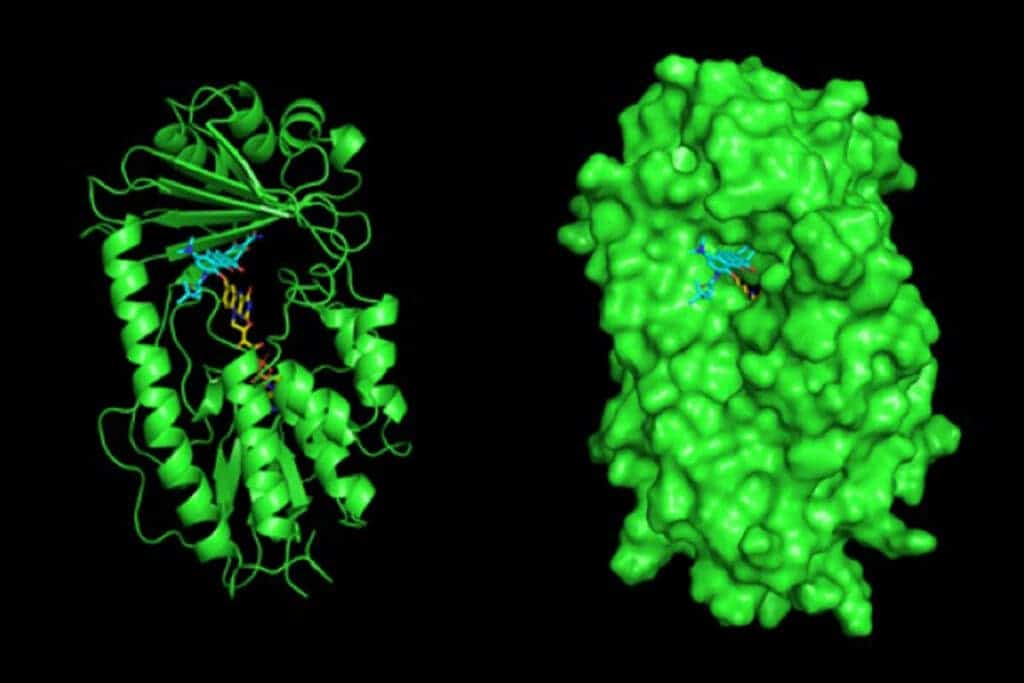The world is now understandably distracted with COVID-19, but we’re also locked in long-lasting arms with countless pathogens. For the longest time, we were almost defenseless, but then antibiotics came about and changed everything.
Suddenly, a horde of different pathogens could be kept at bay with relative ease, and mankind breathed a collective sigh of relief. But as the decades passed, it became clear that this wasn’t the end of the story.
Now, even as a new generation of tetracycline antibiotics has come about, a surprisingly large number of pathogens seem to be able to resist the antibiotics with ease.

Tetracyclines in general have a broad spectrum of activity. They have been used to treat a wide array of conditions, including acne, cholera, brucellosis, plague, malaria, and syphilis. Initially, they possessed some level of bacteriostatic activity against almost all medically relevant bacteria. But as time passed, an increasing number of bacteria acquired some level of resistance, eroding the versatility of the drug.
The latest generation of tetracyclines (a class of powerful, first-line antibiotics) was designed to thwart the two most common ways bacteria resist such drugs.
But things aren’t going all that well.
In 2015, Gautam Dantas, Professor of Pathology and Immunology and of molecular microbiology at Washington University School of Medicine in St. Louis, discovered that some bacteria have genes that enable them to render the antibiotic harmless. These bacterial genes simply slice the toxic component of the antibiotic and deal with it with no problem. But they didn’t know how common these genes were.
So, in a new study, Dantas and colleagues wanted to see just how widespread these genes are in bacteria that live in soil and in people.
The bottom line? They’re pretty widespread.
“We first found tetracycline-destroying genes five years ago in harmless environmental bacteria, and we said at the time that there was a risk the genes could get into bacteria that cause disease, leading to infections that would be very difficult to treat,” said Dantas, Ph.D. “Once we started looking for these genes in clinical samples, we found them immediately. The fact that we were able to find them so rapidly tells me that these genes are more widespread than we thought. It’s no longer a theoretical risk that this will be a problem in the clinic. It’s already a problem.”
The researchers also cloned some of these genes into E. coli bacteria that had no resistance to tetracyclines and tested the modified bacteria to see whether they developed resistance — they did.

To make things even more concerning, not only was this new E. coli very effective in withstanding tetracyclines, but it was also able to survive a broad range of these antibiotics. Usually, there’s a trade-off between how broad an enzyme is and how efficient it is, says Timothy Wencewicz, co-author of the study. But this does not seem to be the case here — the genes offer the best of both worlds.
Tetracyclines have been around since the 1940s, and they are one of the cornerstone antibiotics we use. If resistance to this class becomes widespread, it could be a disaster for public health.
Ultimately, this means that sooner or later, pathogens are likely to develop resistance to our antibiotics. We need to prepare for that event, either by developing new antibiotics (which has proven extremely challenging), or by finding new ways to bypass the pathogens’ defenses.
Otherwise, we’re just waiting for a public health crisis to happen.
“Antibiotic resistance is going to happen. We need to get ahead of it and design inhibitors now to protect our antibiotics, because if we wait until it becomes a crisis, it’s too late,” said Wencewicz.
Journal Reference: Andrew J. Gasparrini et al. “Tetracycline-inactivating enzymes from environmental, human commensal, and pathogenic bacteria cause broad-spectrum tetracycline resistance”, Communications Biology (2020). DOI: 10.1038/s42003-020-0966-5


